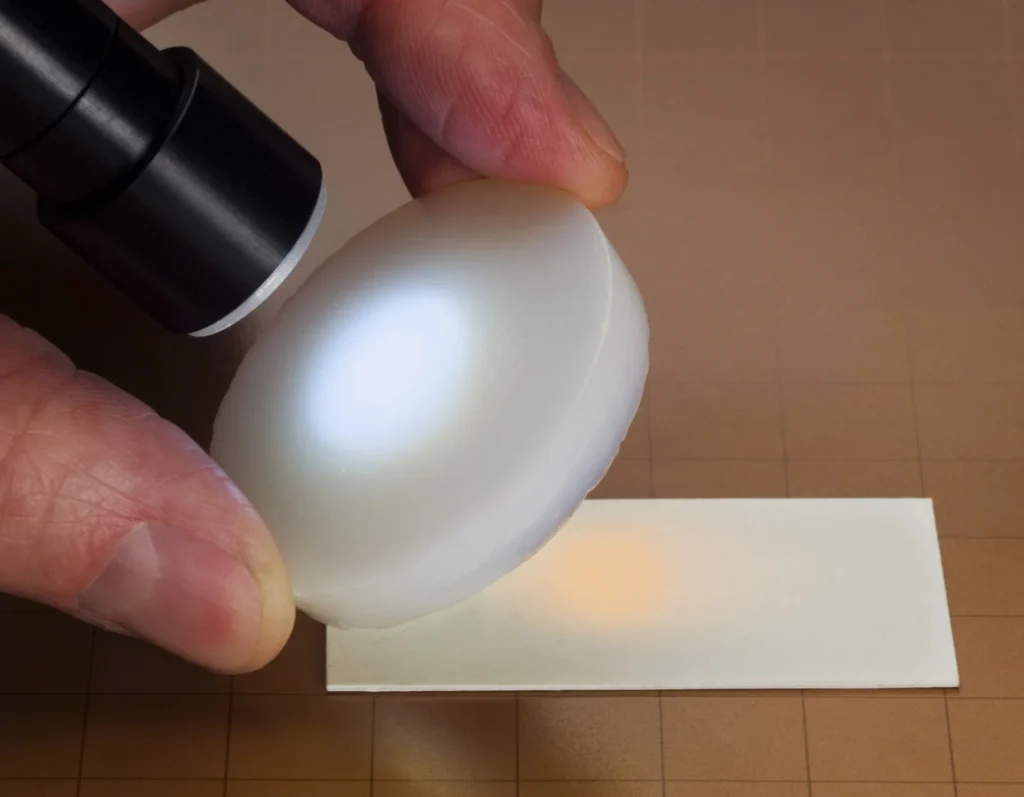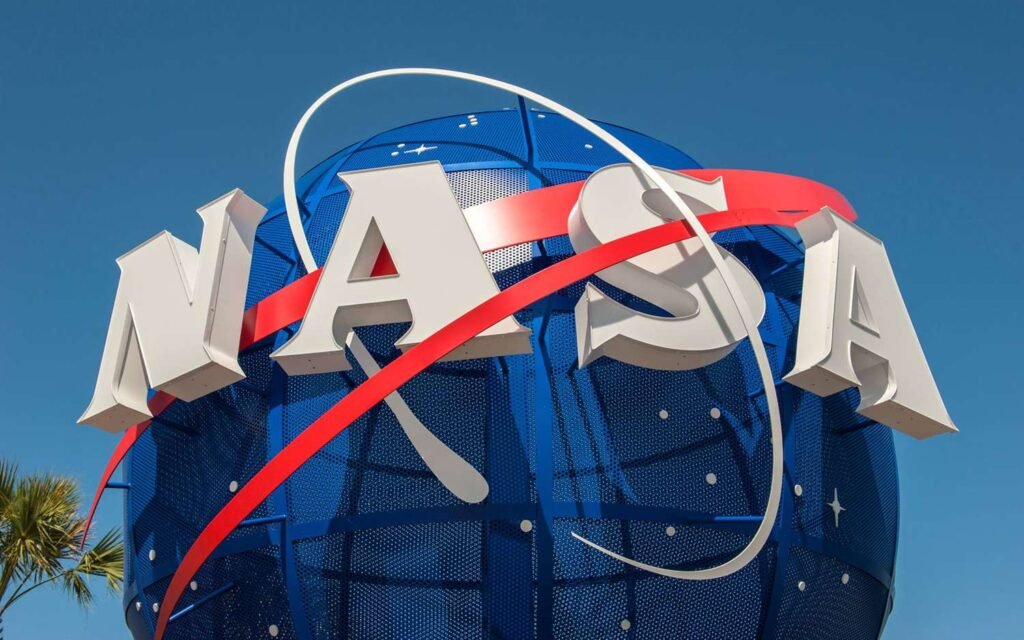When you think of NASA, images of astronauts floating in space and rovers exploring distant planets likely come to mind. But NASA’s influence reaches far beyond the cosmos, touching many aspects of our daily lives. Through decades of research and innovation, NASA has developed technologies that have found their way into products we use every day. Here’s a look at some everyday items that owe their existence to NASA’s ingenuity.
Memory Foam Mattresses

One of the most popular items developed by NASA is memory foam. Originally created in the 1960s to improve the comfort and safety of aircraft cushions, memory foam is now a staple in mattresses, pillows, and even footwear. Its ability to conform to the shape of the body and relieve pressure points has made it a favorite in the sleep industry.
Cordless Vacuum Cleaners

The cordless vacuum cleaner is another household item that can trace its origins to NASA. During the Apollo missions, NASA needed a portable, battery-powered drill to collect samples on the Moon. The technology developed for this drill eventually led to the creation of cordless vacuums, allowing us to clean our homes with greater ease and flexibility.
Scratch-Resistant Lenses

If you wear glasses, you’ve probably benefited from NASA’s advancements in materials science. The space agency developed scratch-resistant coatings for astronaut helmet visors, which were later adapted for use in eyewear. Today, millions of people enjoy the durability and clarity of scratch-resistant lenses, thanks to NASA.
Infrared ear thermometer

With support from NASA’s Technology Affiliates Program, Diatek Corporation developed a lightweight aural thermometer that measures the amount of energy emitted by the eardrum via the same infrared technology astronomers use to measure the temperature of stars and planets. In addition to being extremely accurate, the thermometer avoids contact with mucous membranes, eliminating the possibility of cross infection.
Cell phone camera

You can thank NASA’s Jet Propulsion Laboratory for your ability to take selfies with your phone. Cell phones use a complementary metal oxide semiconductor image sensor, which NASA researchers made smaller and lighter and able to take clearer photographs. Interestingly, the concept of a cell phone was first considered at the JPL in the 1960s.
Insulation Materials

The insulation materials used in homes and buildings today have roots in NASA’s research. NASA developed a material called aerogel, one of the lightest and most efficient insulating materials, to protect astronauts from extreme temperatures in space. Aerogel is now used in various applications, including home insulation and protective clothing.
Adjustable Smoke Detectors

NASA’s work in developing early smoke detection systems for space shuttles has led to the adjustable smoke detectors we use in our homes today. These detectors can differentiate between different types of smoke, reducing false alarms and improving safety.
Emergency blanket

A common component of emergency kits, reflective blankets were developed by NASA in 1964. The lightweight foil sheets are very effective at keeping people warm and are commonly used by long-distance runners to prevent dramatic changes in body temperature.
Grooved pavement

NASA scientists worked hard to develop ways to minimize hydroplaning—a potentially catastrophic hazard to landing space shuttles. They found that cutting grooves into runways helped remove water quickly, an approach that can now be found on many highways and commercial airport runways.
Conclusion
NASA’s technological advancements have had a profound impact on our everyday lives, far beyond the realms of space exploration. From the comfort of your mattress to the safety of your drinking water, NASA’s innovations continue to make life on Earth better, safer, and more comfortable. The next time you use one of these everyday items, you can thank NASA for its pioneering work in bringing space-age technology down to Earth.
Share via:



